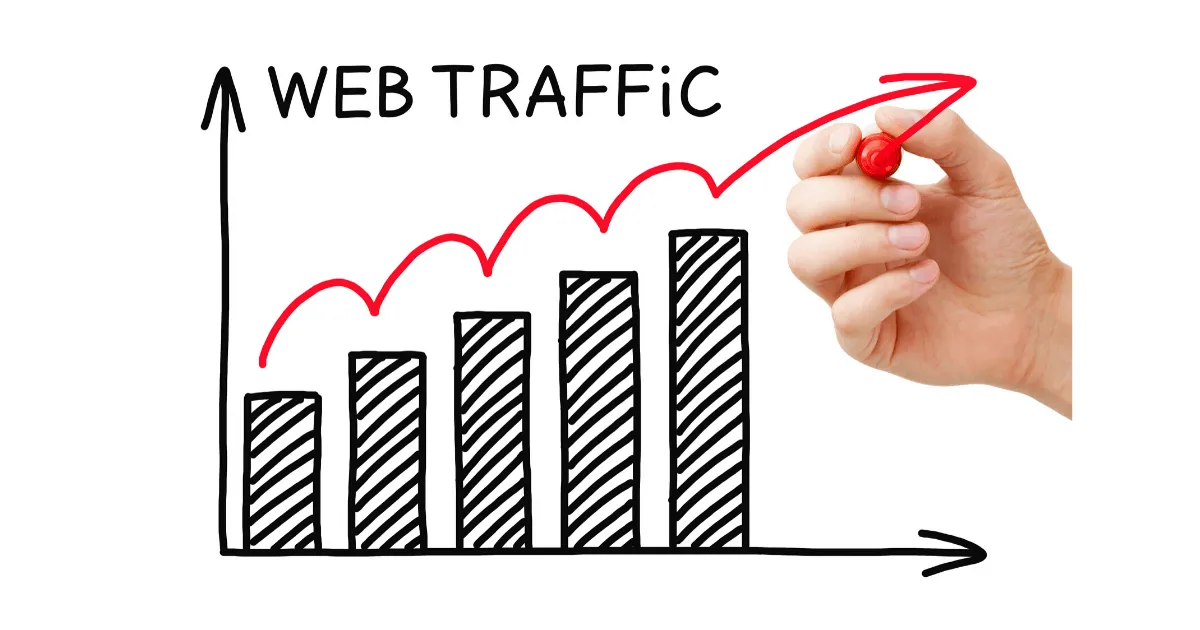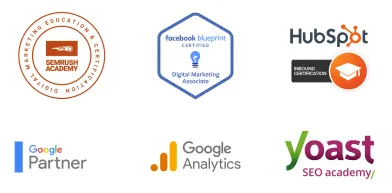TO LEARN IS TO GROW
Learning Center
We do our research and publish our results. Should probably call this the Growing Center.


What is “Bounce Rate”?
For business owners trying to operate and improve the success of their website, Google Analytics is a great tool. It gives you concrete marketing data that actually allows you to evaluate your site’s performance. You can learn how many people are visiting your site, when are the high traffic times and where these people are from. Other valuable information includes, how long do they spend on your site, and what are they doing during their visit?
Of course, in order to fully understand this information there is some analytical jargon that you must understand first. The following is a brief explanation of the term “bounce rate” and how that information can be valuable to you.
Definition
To understand what a bounce rate is, you first have to learn what a “bounce” is. A bounce is a single page session on your site, so if someone clicks on a link or types in your URL and opens up your homepage and then leaves without opening any further pages of your site, that is considered a bounce.
The bounce rate is the percentage of your site visits that are single page sessions. This is calculated by dividing the number of single page sessions in a given period by the number of total sessions. In other words, if you have a bounce rate of 50% that indicates to you that half of your visitors to your website are only viewing your homepage and then leaving.
High Bounce Rate
Before analyzing your rate, whether it is high or low, you need to consider the nature of your specific website. If your homepage is just a landing page for visitors to find links to articles, news, or product information, then a low bounce rate is going to be very important to you. However, if your website’s homepage is a blog site with a lot of key information already provided on the first page, then a high bounce rate will not bother you as much.
Improving Bounce Rate
If you decide that it would be beneficial to your site to have a lower bounce rate, then you need to start considering the best way to engage your visitors. Knowing your target market is going to be key in accomplishing this. The secret to engagement is not making your website a maze of pages forcing visitors dive deeper and sending mountains of page requests to the web servers. This is actually counter-productive because people respond better to simple, clean sites with quick access to what they are looking for.
The secret is to know what it is that your visitors are looking for. Why are they coming to your site and what calls to action will they respond to? A call to action such as filling out a contact form, clicking on a promotion, or clicking to call your phone number are all examples of simple ways to engage people further in your site and turn leads into customers. As you monitor your bounce rate and respond accordingly, this statistic will help you provide a better experience for your customers and increase your success.
Written by Nicole Richards
Built for Growth. Backed by 25 Years of Trust.
For over two decades, LOJO has been a trusted partner to hundreds of businesses just like yours. Whether working directly with owners, managers, teams, or boards of directors, our goal remains the same: to be a reliable and results-driven asset to your business.
Over the years, we’ve carefully built a team of experts—each selected for their unique skills, strengths, and personalities. Our clients choose LOJO because they know we genuinely care about their success.
And after 25 years of helping businesses grow, we’re more committed than ever.



Built for Growth. Backed by 25 Years of Trust.
For over two decades, LOJO has been a trusted partner to hundreds of businesses just like yours. Whether working directly with owners, managers, teams, or boards of directors, our goal remains the same: to be a reliable and results-driven asset to your business.
Over the years, we’ve carefully built a team of experts—each selected for their unique skills, strengths, and personalities. Our clients choose LOJO because they know we genuinely care about their success.
And after 25 years of helping businesses grow, we’re more committed than ever.




Matthew Rogers, President
iProspect Check
After spending several months reviewing multiple proposals from several different companies we engaged LOJO to develop a new website that represents our company effectively. We worked initially with Stephen Platte who helped create the scope of the project. Stephen was knowledgeable and always followed up with me on time and as promised.
He "closed the deal" for LOJO with his professionalism, service orientation and easy going approach. Once we signed the contract we were introduced to Jay Kelly who would be the creative lead for LOJO. This was the most challenging part of the project for my company, as there was no shortage of ideas from our side. Jay managed the project flawlessly, and once we had all agreed to the design, Jay introduced us to Eric.
Eric Lay is one of the founders of LOJO. Eric took the design we had developed and brought it to life. We delivered content as quickly as he requested it. Eric kept the project on task and we responded by exceeding every deadline for content. In turn, once provided, literally not a day went by that Eric didn't add the content and take the next step. In just a few weeks we launched our new website. Eric is a pleasure to work with.
His positive attitude and consultative approach really enhanced the experience and made a big difference for us in the outcome of our project. We would welcome you to visit our website to take a look at the quality work of LOJO. We are very pleased with LOJO and look forward to working with them in the future as we pursue an aggressive SEO strategy."
After spending several months reviewing multiple proposals from several different companies we engaged LOJO to develop a new website that represents our company effectively. We worked initially with Stephen Platte who helped create the scope of the project. Stephen was knowledgeable and always followed up with me on time and as promised.
He "closed the deal" for LOJO with his professionalism, service orientation and easy going approach. Once we signed the contract we were introduced to Jay Kelly who would be the creative lead for LOJO. This was the most challenging part of the project for my company, as there was no shortage of ideas from our side. Jay managed the project flawlessly, and once we had all agreed to the design, Jay introduced us to Eric.
Eric Lay is one of the founders of LOJO. Eric took the design we had developed and brought it to life. We delivered content as quickly as he requested it. Eric kept the project on task and we responded by exceeding every deadline for content. In turn, once provided, literally not a day went by that Eric didn't add the content and take the next step. In just a few weeks we launched our new website. Eric is a pleasure to work with.
His positive attitude and consultative approach really enhanced the experience and made a big difference for us in the outcome of our project. We would welcome you to visit our website to take a look at the quality work of LOJO. We are very pleased with LOJO and look forward to working with them in the future as we pursue an aggressive SEO strategy."

Matthew Rogers, President
iProspect Check
The team at LOJO were wonderful to work with. They are well organized and very patient as we worked through our marketing strategy and developed a well thought out and clear action plan at a reasonable price. We will definitely be back for our future campaign needs."

Jon Crosby, Founder
Dazil

